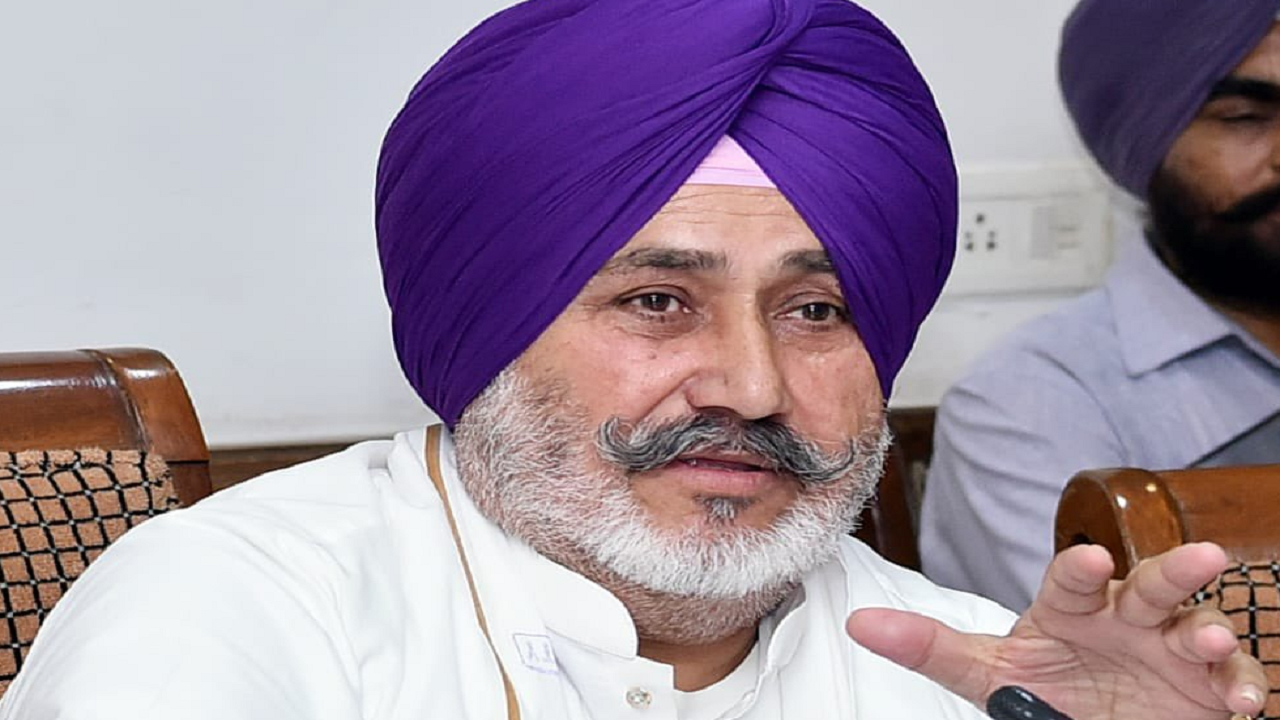
Punjab horticulture minister Chetan Singh Jauramajra said that the state government has sanctioned a total of 4,745 applications under the Agriculture Infrastructure Fund (AIF) scheme which supports post-harvest management projects and community farming assets. In an official statement, the minister claimed that Punjab secured the second position in the country for sanctioning the highest number of applications under the AIF scheme.
Punjab has secured second position in country for sanctioning highest number of applications under Agriculture Infrastructure Fund Scheme for a wide range of post-harvest management projects & community farming assets, disclosed Horticulture Minister Chetan Singh @Jouramajra. pic.twitter.com/hvdUKrf5Zy
— Government of Punjab (@PunjabGovtIndia) August 5, 2023
What is Agriculture Infrastructure Fund?
The financing facility aims to achieve multiple objectives for stakeholders in the agriculture ecosystem. It promises improvements for farmers, including better marketing infrastructure, reduced post-harvest losses, and access to modern packaging and cold storage systems. The government can direct priority sector lending and stimulate innovation and private sector investment in agriculture. Agricultural entrepreneurs will benefit from a dedicated funding source for leveraging new-age technologies. The banking ecosystem will experience reduced risks and expansion opportunities. Consumers will enjoy better quality produce and more favourable prices. Overall, the facility holds the potential to foster growth and sustainability in the agriculture sector.
Agriculture Infrastructure Fund: Key Features
The government has introduced a comprehensive scheme aimed at promoting agricultural and rural development through financial support and convergence with various government schemes. The scheme offers an online single window facility, collaborating with lending institutions, to streamline the application process. Additionally, a Project Management Unit will provide guidance throughout the project's lifecycle. The financing facility is substantial, amounting to Rs 1 lakh Crore, with credit guarantees available for loans up to Rs 2 Crore.
To make the benefits accessible, an interest subvention of 3% p.a. is provided, limited to Rs 2 crore per project in a single location, regardless of the loan amount. Furthermore, a cap on lending rates ensures affordability for farmers while ensuring they benefit from the interest subsidy. The scheme encompasses multiple lending institutions, including Commercial Banks, Cooperative Banks, RRBs, Small Finance Banks, NCDC, and NBFCs.
Entities proposing projects in various locations will be eligible for loans up to Rs 2 crore for each project. However, private sector entities, like farmers, agri-entrepreneurs, and startups, have a maximum limit of 25 such projects. State agencies, national and state cooperatives, and federations of FPOs and SHGs are exempt from this limitation.
The eligibility of projects is determined based on distinct LGD Codes, with each project having its own separate LGD codes. APMCs can also avail themselves of multiple projects within their designated market area.
Interest subvention remains available for up to 7 years, while the repayment moratorium may vary between 6 months to 2 years. Disbursement of funds will be completed within six years from 2020-Moreover, NABARD will provide need-based refinance support to eligible lending entities, including cooperative banks and RRBs, as per its policy. The scheme intends to foster agricultural growth and rural prosperity by providing comprehensive financial assistance and streamlining the process for stakeholders.
How To Apply For Agriculture Infrastructure Fund (AIF) Punjab?
Step 1 – Open the Punjab Horticulture official website
Step 2 – After this, check the eligibility criteria to apply
Step 3 – Now, scroll down the page
Step 4 – Click on the Apply Now tab at the bottom of the page
Step 5 – Fill in the details such as Name, Mobile, and Aadhaar
Step 6 – Then after, hit on the Send OTP tab and follow the prompted steps
















